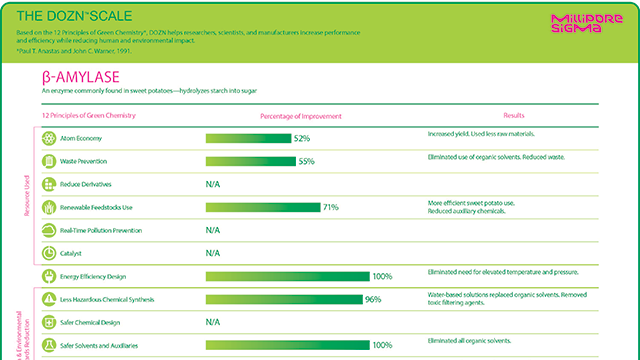How a Quantitative Green Chemistry Evaluator Works
As many chemists turn to greener options in the lab, they face the challenge of properly evaluating the “greenness” of a chemical or process

Originally published in Lab Manager
Problem: As many chemists turn to greener options in the lab, they face the challenge of properly evaluating the “greenness” of a chemical or process. The 12 Principles of Green Chemistry— developed by Paul Anastas and John Warner—provide a global framework that helps scientists learn about green chemistry and how to design or improve materials, products, processes, and systems. These complementary principles focus on resource efficiency, energy efficiency, and risk minimization (e.g., human health and environmental), while targeting a life-cycle perspective (e.g., raw materials extraction, chemical production, and end-of-life bioaccumulation and biodegradation). While these principles lay a solid foundation, they are only conceptual and do not provide a quantitative framework for scoring green products or processes.

